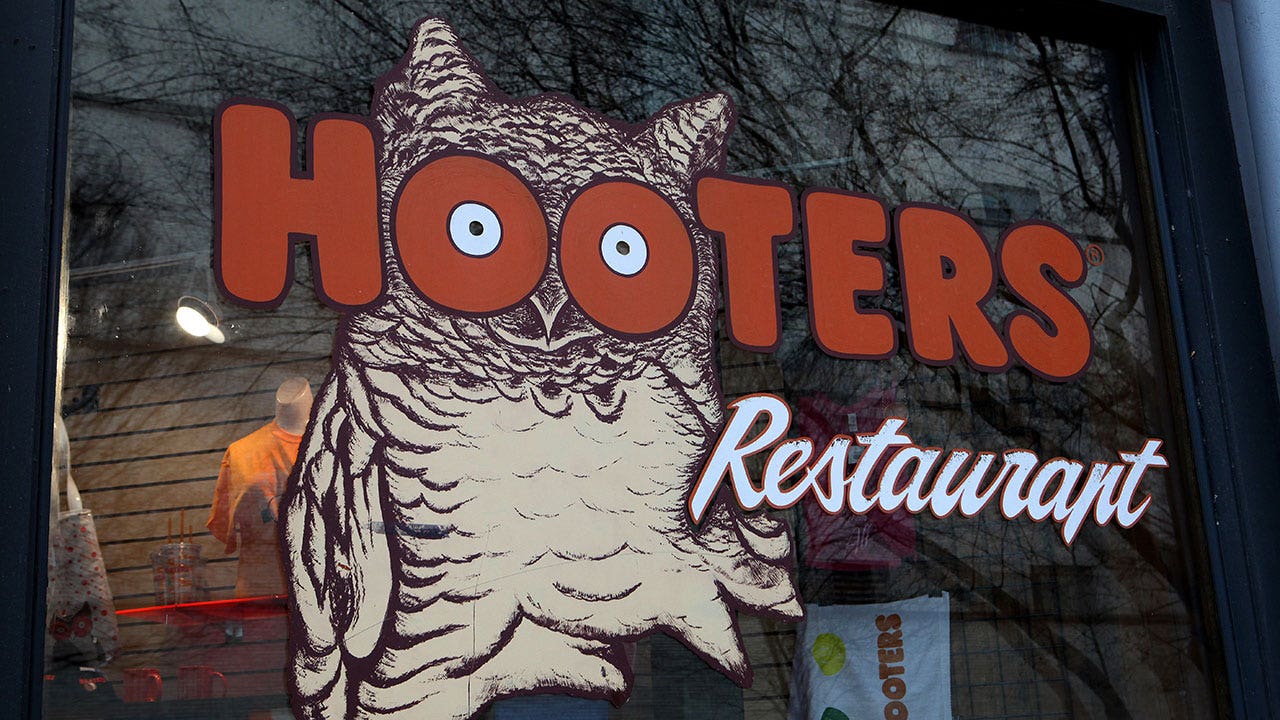(Bloomberg) – Throughout Western Africa, the cocoa Heartland, Eddie Arthur spent every day from the farm to the farm for a quarter of a century to stare at the trees and calculate how many pods they have.
Most reading from Bloomberg
At each stop, the sum records from a handful of trees, monitors flowers, which can eventually grow to pods of rugby balls and watches how dry or wet the ground is. Regardless of the weather or road conditions, this process is repeated for approximately 20 farms a day to collect data that helps to predict the overall harvest size.
The work has barely changed for decades. However, the service under Pod Pod as Arthur at Forestero has become more important than ever, as traders, hedge funds and chocolates, but are trying to assess production on a market that was a hoarse unprecedented shortage.
“With every visit to the farm, you have a better idea of how the season progresses,” said Arthur in Gagnoa Ivory Coast, where he counted the pods before this year's half. “I've done it for so many years that it happened part of my hobbies.
Futures rose to the record last year after bad weather injured crops at the highest coast growers of ivory and ghany. The severity of the rally surprised even seasoned players on the market, caused chaos across the global supplier chain of cocoa, and reminded how vulnerable offer is extreme weather, which deteriorates by climate change.
This will make people pay more attention to the sum of the sum of the data to get the idea of making in the industry where the delivery data are relatively rare.
“Counting Pod has been important for more than 50 years, but some have decided to ignore data,” said Steve Wateridge, Tropical Research Services Research Head of Expans, which also counts. “People have become happy with low prices. Now there is more interest after people have been caught by what happened in the last 18 months.”
It is much harder to get the idea of a supply image in a notoriously opaque cocoa industry than for other main crops such as wheat or sugar. This is because of a smaller number of dominant players and because the government on the ivory coast and Ghana – which closely regulate this industry – rarely publish delivery data.
Therefore, the counters can offer valuable information.
Throughout the year he visits farms with a small team across the coast of ivory and ghany. The pods calculate the eye according to the size on selected trees, to which they return again and again to estimate how the entire plantation is doing. They also monitor problems such as pest attacks.
The information is recorded on the tablet and is accessible by Forestero in Lausanne, Switzerland for analysis, which is then provided to clients, including chocolate companies, processors, traders, carriers and hedge funds.
The Earl plays an important role in estimating global supplies and focusing of crop outbreaks and becomes a more reliable indicator within a few months before the harvest. Visits also show how the trees deal with seasonal extremes, such as dusty Harmattan winds that begin around November, and wet periods.
“The roads are bad during the rainy season, but it's also my favorite period,” Arthur said early this month. “The trees are returning to life and I enjoy being on farms.”
Forestero and Tropical Research are one of a handful of independent companies for counting. Many large traders and processors have their own internal counter, even if they carefully guard the data.
According to the founder Forestero Fabrica Laurent includes chocolate companies and funds.
It is another sign of how funds – which can earn big money by earning fast prices – they are trying to gain the advantage of commodities and weather markets. Hedge-Fund manager Pierre Andurand emphasized the numbers below when he talks about the cocoa market in December.
Getting an advantage over other traders can be especially lucrative on the market, such as cocoa, which has seen huge price swings. The New York Futures, which almost teared last year, are now 38% of the December peak, although they remain historically expensive.
Although the recording device has retreated to the tablets that record data to the cloud, the technology cannot easily replace the part counting part. Using drones to count would still need someone to lead them, and some companies have tried to use satellite images, but it is difficult to separate plantations from other forested areas.
“Counting Pod is the same as 20 years ago when you measured a yield of roughly the same methodology,” Laurent said. “It has changed how you look at it, the type of analysis you can do, the type of calculation model you use, and the type of teaching system.”
One change over the years is the monitoring of crop disease. Tropical research services were among the first to see the spread of the swollen shoot virus on the coast of ivory nearly two decades ago, and now the counters are using the detection of the disease in the field to map the extent of the problem.
Crops are also increasingly at the mercy of more extreme weather conditions due to climate change. This means that tools such as counting below can be essential in detection if the prospects of harvesting quickly move.
“We know that global warming also plays a big role in unprecedented weather events, which has a great impact on cocoa production,” Laurent said.
-S using Fraidoon poya.
Most reading from Bloomberg Businessweek
© 2025 Bloomberg LP



